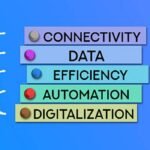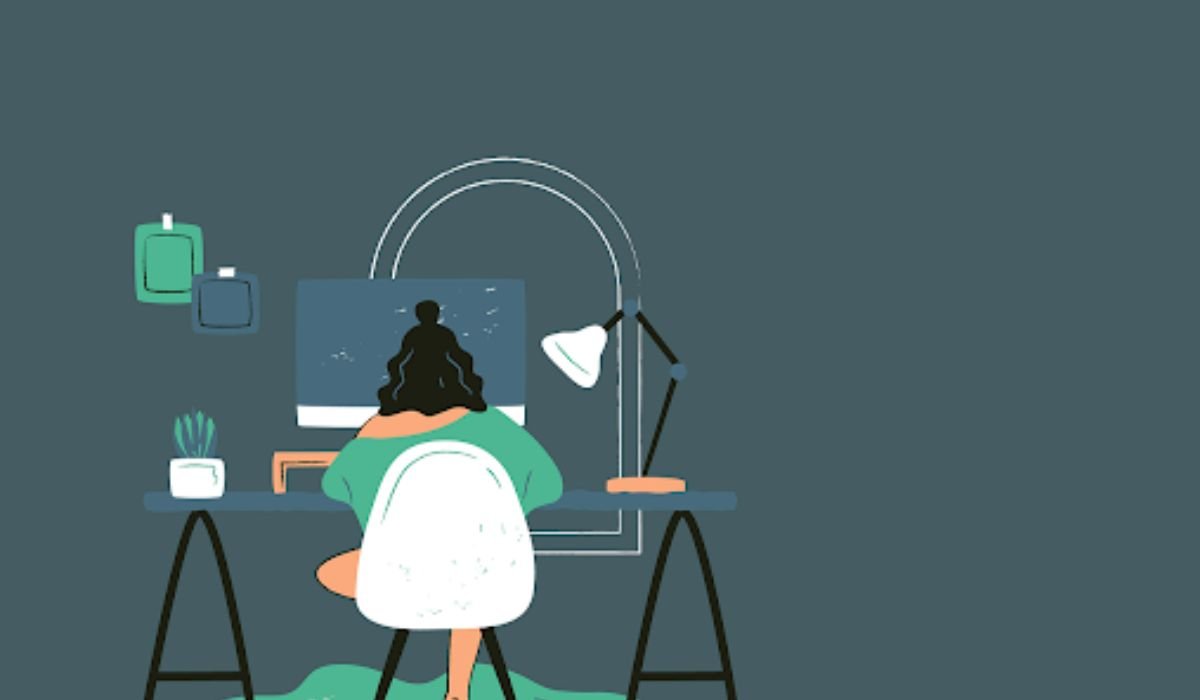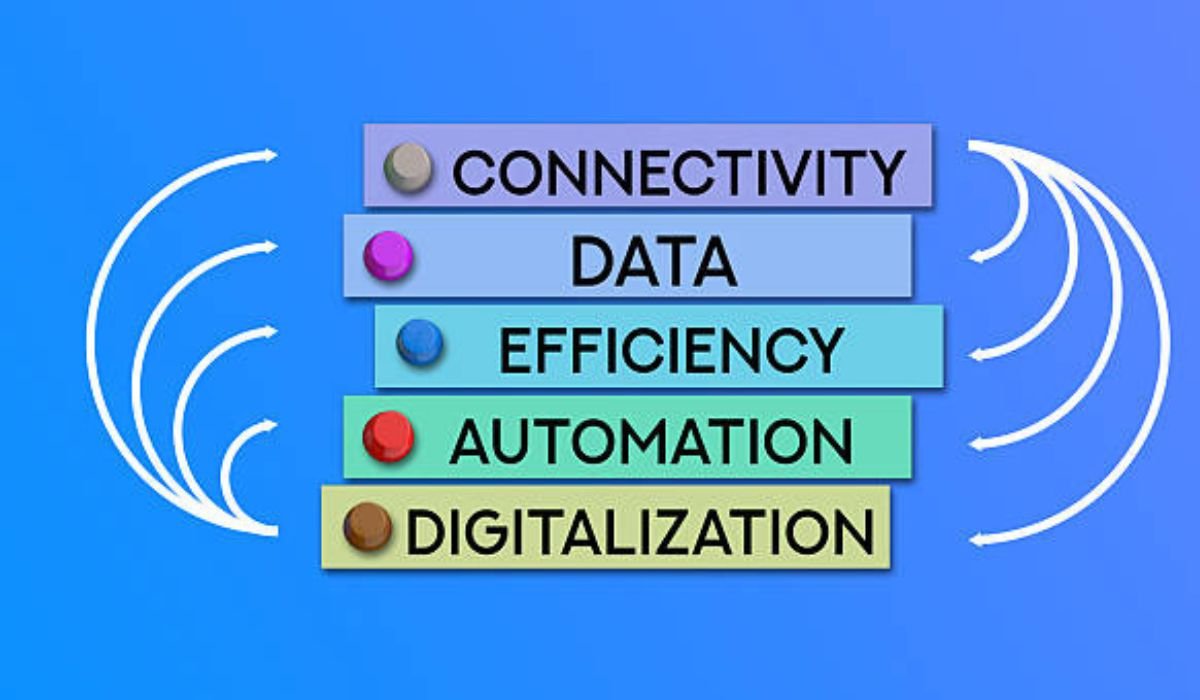Turning a spare room into an office that doesn’t suck?
It used to be about shoving a desk in a corner of the bedroom. Today, with 22.8% of US employees working remotely at least part-time in 2025, the home office is as crucial to career success as a resume or LinkedIn profile.
The thing is…
Most people do this completely wrong. They invest in all the right gear: fancy standing desk, overpriced ergonomic chair, top of the line tech. And they miss the fundamentals, that really make a difference in productivity.
Building a functional home office that actually works is about setting up a whole business system — including the best virtual mailbox from iPostal1 to receive professional mail separate from personal mail. Separating work from home begins with the basics and permeates every aspect of home office setup.
This post breaks down the essentials of building a home office for real remote work success. Forget what you think you know about productivity, and let’s dive in:
- Why Your Current Setup Is Killing Your Productivity
- The Hidden Costs Nobody Tells You About
- Essential Zones Every Home Office Needs
- Budget Smart Equipment That Actually Matters
- Tax Breaks You’re Probably Missing
Why Your Current Setup Is Killing Your Productivity
Think your kitchen table is doing the job?
It isn’t. A Stanford study found 13% productivity boost when workers had a proper home office setup. That’s not a trivial difference. That’s the difference between clocking out at 5 PM and having to put in two extra hours every single day.
It’s not just about comfort either. It’s about your brain knowing when it’s work time.
If you don’t have a dedicated space, your mind can’t go into relaxation mode one second and focus mode the next when you’re working on the same couch where you binge Netflix.
And what most people don’t realize…
Bad workspace design is cumulative. The slight neck pain from looking down at your laptop all day? That becomes chronic over time. The interruptions from family members walking by? They add up to hours of lost productivity every week.
The Hidden Costs Nobody Talks About
Every productivity blog goes on about the cost of desk and chair when building a home office.
That’s the entry point. But there are other real expenses that nobody tells you about until it’s too late, three months down the road.
Here’s a list of hidden expenses you’re not thinking of:
- Electricity bill: running a computer, monitors, proper lighting can add a 10-15% increase to your utility costs.
- Internet upgrade: that budget plan with low data cap that was great for streaming? Not good for videoconferencing with clients.
- Storage: do you have a plan for all the paper you generate? Stacks of paper, boxes of office supplies need a place to go. Without that, you’ll be wasting time digging for documents every day.
- Climate control: work in a room that’s too hot or cold? You’re not getting work done. A dedicated heater or fan may be needed for the space.
Essential Zones Every Home Office Needs
Fake it till you make it, right?
Wrong.
Instagram offices are all aesthetics. They don’t have actual productivity in common.
A functional home office needs three essential zones. Miss one and you’re bound to suffer from lack of focus throughout the day.
The Focus Zone
This is the center of your work universe. Deep work happens here.
Keep this area sacred. No family pictures. No toys. No distractions. Monitor at eye level. Everything you use regularly should be within arm’s reach.
Key principle: make it boring. Seriously. The less visual stimulation in your focus zone, the more you can focus on work.
The Reference Zone
This secondary work area contains all the things you need occasionally but not all the time.
Printer, filing cabinet, reference books. Easily accessible without leaving your chair but not cluttering up your main workspace.
Many people try to cram everything into one area. Don’t do this.
The Recharge Zone
Least known but most important.
You need a part of your office that’s not for work. A place to take micro-breaks without leaving your office.
Why? Because if you go all the way out of your office for short breaks, you lose all momentum coming back into work mode.
Budget Smart Equipment That Actually Matters
Real office productivity is about a few key items.
Lighting: poor lighting leads to eye strain, headaches, fatigue. Desk lamp with adjustable brightness is under $40, makes huge difference.
Chair over desk: you can work at a folding table but an uncomfortable chair will wreck your back. Spend here first.
Must-have equipment priorities:
- Adjustable monitor arm $30-50
- Mousepad with wrist support $15-20
- Noise cancelling headphones $50-150
- Backup power supply $100-200
Skip expensive desk converter for standing desk. Skip fancy webcam if laptop one is OK. Skip designer desk toys.
Prioritize items that directly affect your work performance and comfort during actual work time.
Tax Breaks You’re Probably Missing
Building a home office costs money, sure. But did you know it’s also an opportunity to get some of that money back come tax time?
Self-employed folks know this. Business expense write off, home office deductions, you know the drill.
But most remote workers miss out on tax deductions because they don’t understand the rules.
Employees in the US (W-2) used to qualify for office expense deductions. Federal laws changed in 2018, so now most employees can’t deduct their home office under federal tax law.
States have their own rules. Some still allow W-2 employees to deduct home office expenses. Check the rules for your state, they can vary widely.
Keep receipts. Document everything. Take photos of your office setup, these help with deductions. This info can save you thousands on your taxes.
Simple vs actual cost method. The simplified method is easier, but actual cost method often yields larger deductions.
Choose what works for you and your record keeping comfort level.
Making Tomorrow Count
Building a home office for real remote work success isn’t following someone else’s blueprint.
It’s understanding your own unique needs and constraints, then building a space that fits your workflow and work style. A Pinterest-perfect office is great, but only if it helps you get your job done.
Prioritize the essentials: lighting, chair, zoning for different tasks. Add in extra equipment gradually, based on actual needs vs perceived wants.
Treat your home office setup as a real investment in your career. The right office pays for itself through better productivity, work-life balance, and potential tax savings.
Don’t wait for the “perfect” time or budget. Start where you are, improve what you can, and build momentum from there.
You future productive self will thank you.
YOU MAY ALSO LIKE: Choosing the Right Local Cabinet Maker for Your Home Renovation











